The most convenient (and cheapest) place to charge your Tesla is at home. This guide will cover everything you need to know about charging your Tesla at home.
What we'll cover:
- Charging basics - key jargon explained.
- Types of Tesla chargers (charging station) - differences in speed, cost, and functionality.
- Choosing the right charger - the things you’ll need to consider.
- Typical costs for chargers and installation.
Power (kW) and Capacity (kWh) Explained
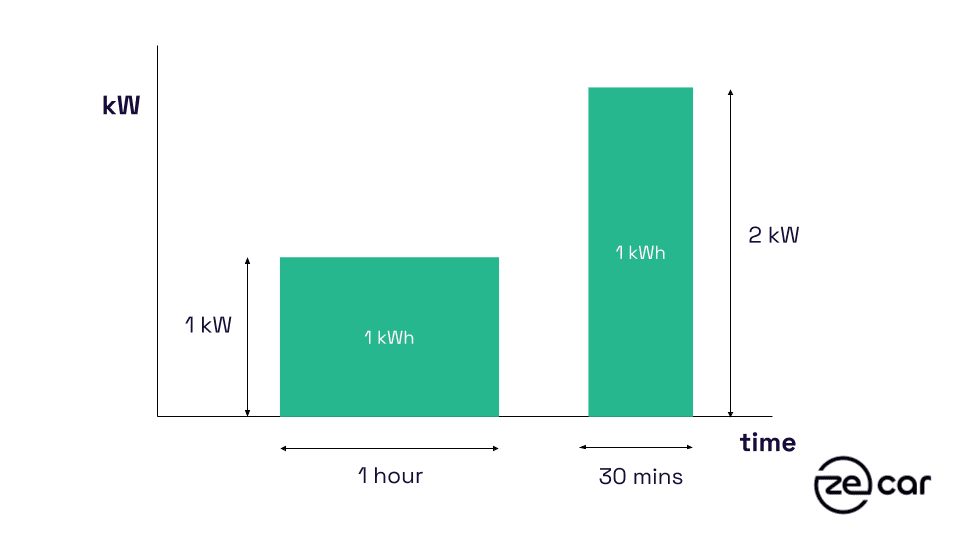
Current (AC/DC) Explained
The grid and your home operate on alternating current (AC) electricity. The battery in your electric car only accepts direct current (DC) electricity. This means AC to DC conversion will occur via;
🚗 The onboard charger in the car; or
⛽ An external DC charger.
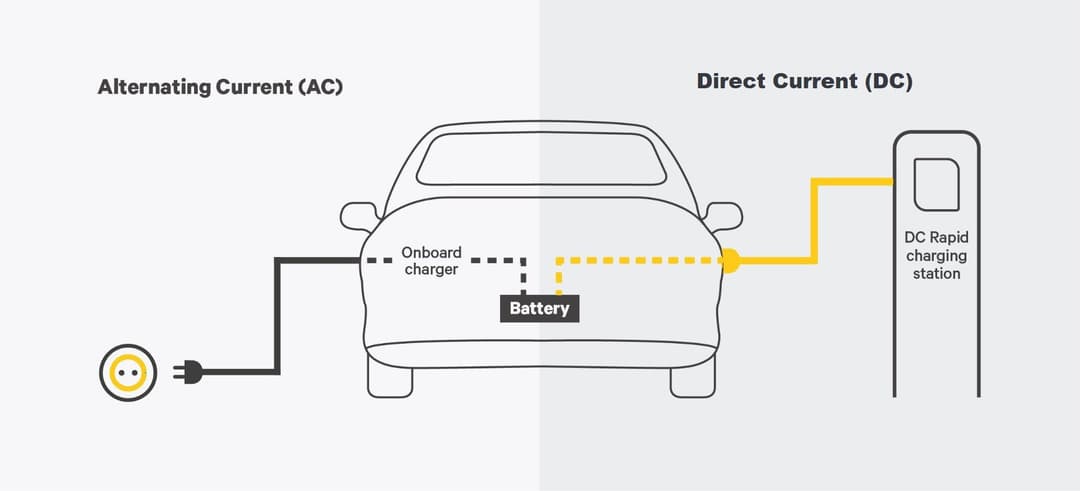
Onboard charger
When you are charging at home, power is fed from the power point/wall charger as AC and converted to DC using the car’s onboard charger so it can be accepted by the battery. The onboard charger needs to be compact and lightweight. It therefore has a much lower power output (7kW to 11kW typically) compared to DC charging (50 kW to 350 kW).
These limits mean that even if you are supplying your car at a much higher current e.g. 22kW, the car will only be able to accept power based on the limit of the on-board charger e.g. 11 kW for a Tesla Model 3.
When charging at home (using AC power) electricity is supplied to a different part of the charge port (discussed below).
DC fast/rapid charger
When you are using Tesla's Superchargers or any of the public charging networks, the AC to DC conversion is done on-site (by the large charger unit), allowing a much higher current to be sent directly to the car’s battery. This is the reason why the DC chargers are so much larger than the ones you see at home.
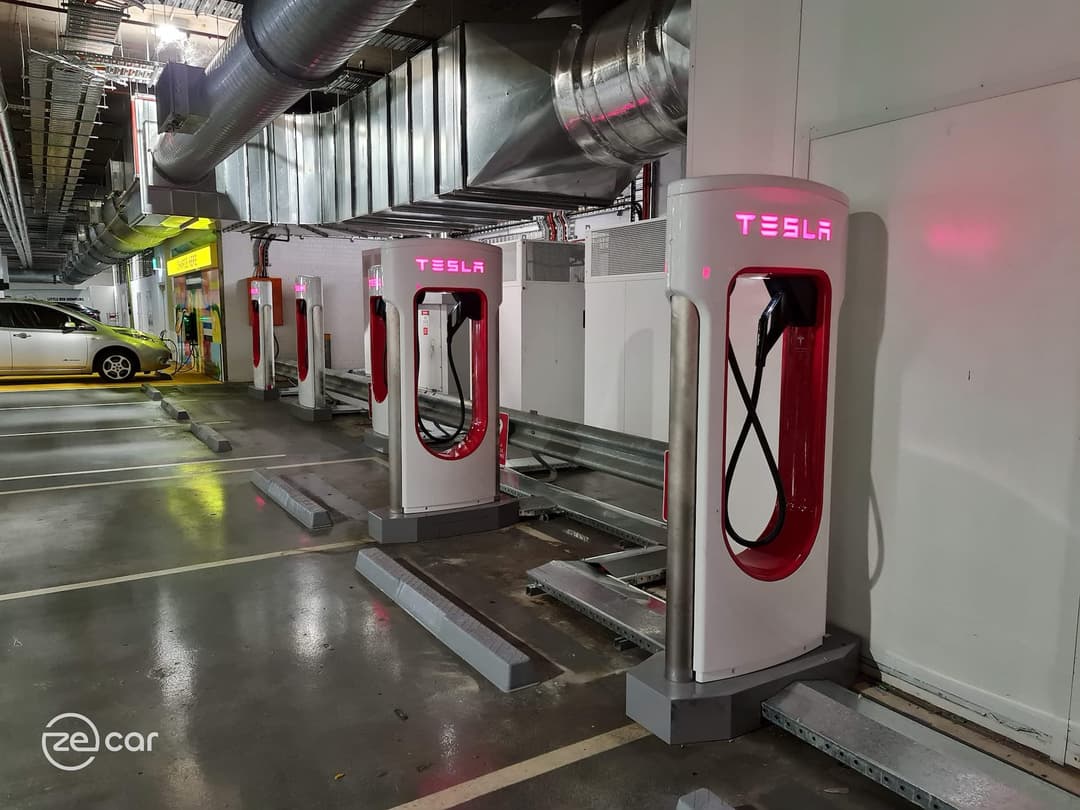
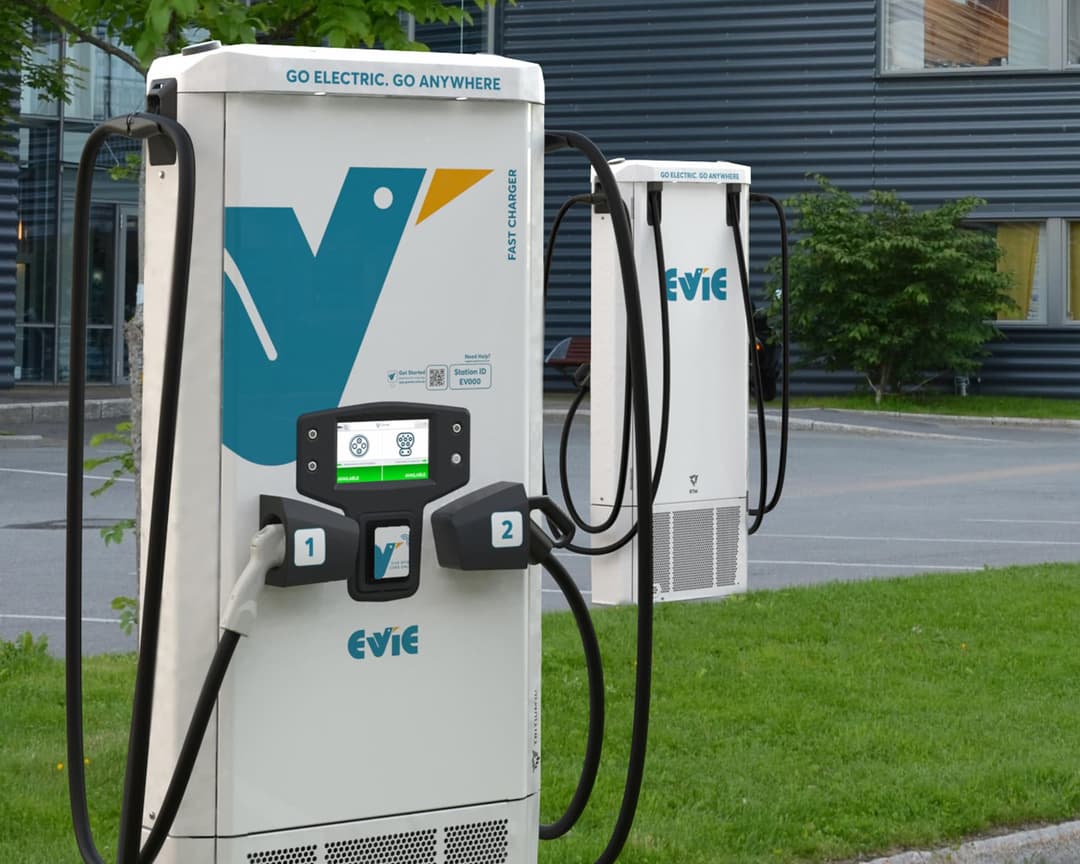
Single-phase vs. Three-phase Electricity Explained
The key difference is that three-phase supplies three times the power (kW) compared to single-phase. It is therefore better able to accommodate higher loads, for example; ducted air conditioning, pool pumps and higher output EV chargers.
A level 2 wall-mounted charger on single-phase power supplies a maximum of 7 KW, whereas three-phase supplies a maximum of 22 kW.
Single-phase can adequately support higher power devices but three-phase will provide a more consistent and reliable power delivery especially when high power devices are operating simultaneously.
Most homes in Australia are likely to have single-phase power. You can check what you have by locating your main switchboard and observing what the mains circuit breaker looks like. In the image below, the single-phase supply has a single switch, whereas the three-phase supply has three switches.
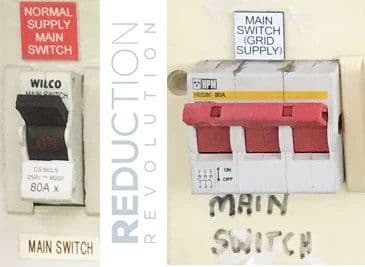
Working out the maximum charging potential of your Tesla Model 3 and Y
The onboard chargers in the Model 3/Y are rated at 16 amps and support three-phase electricity. These will have a maximum charge potential of 11 kW.
To reach this maximum speed your home will need three-phase electricity and the power source of the charger will need to be at least 16 amps.
On single-phase electricity, the maximum power achievable is 7.7 kW based on a 32 amp power source.
The difference in speed is unlikely to have material impact on convenience. For example, based on 37 km distance (average), the single-phase charger will take 20 minutes longer to charge.
The Model S and X have faster onboard chargers which can support up to 22 kW. You can check the MAX AC charge rate of all EVs in our database.
Tesla Model 3 & Y Charging Ports Explained
Every Tesla Model 3 and Y comes equipped with a hybrid charging port known as CCS Combo 2 (CCS2). This means it can support both AC and DC fast charging.
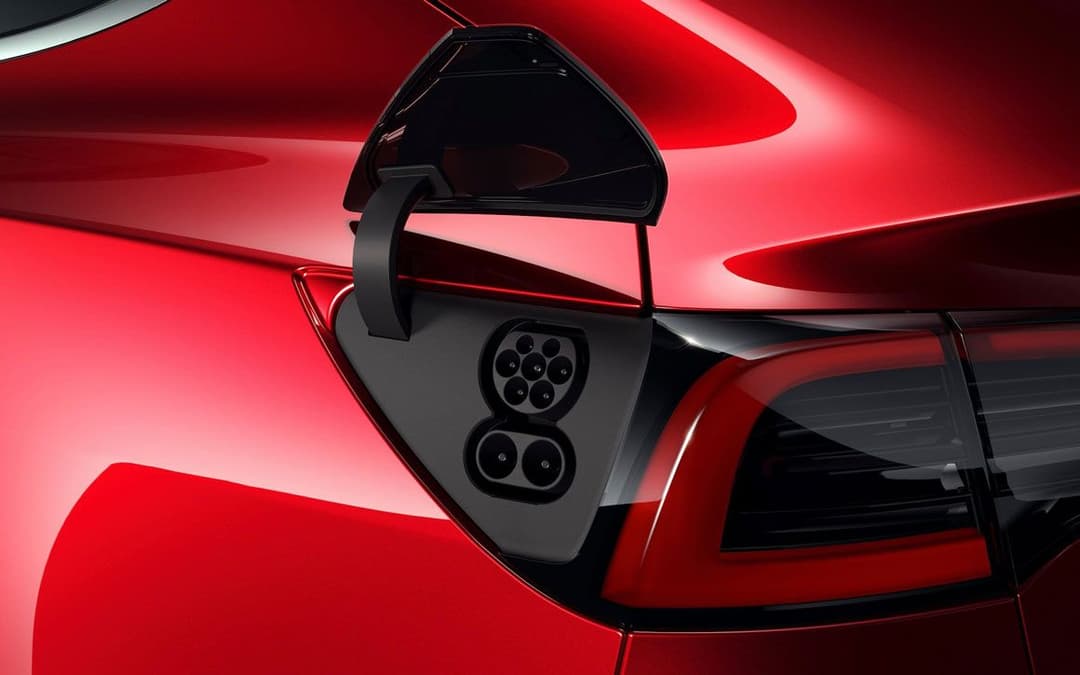
For AC charging at home, you'll plug a Type 2 plug into the upper section of the port. This plug supplies AC current from your Tesla Mobile Connector or Wall Connector to the onboard charger in your Tesla.
For DC fast charging, you'll plug the CCS Combo 2 (CCS2) plug into the port, which will fit in both the top and bottom sections. This plug supplies DC current from a Tesla Supercharger (or other CCS-enabled fast chargers) direct to the battery in your Tesla.
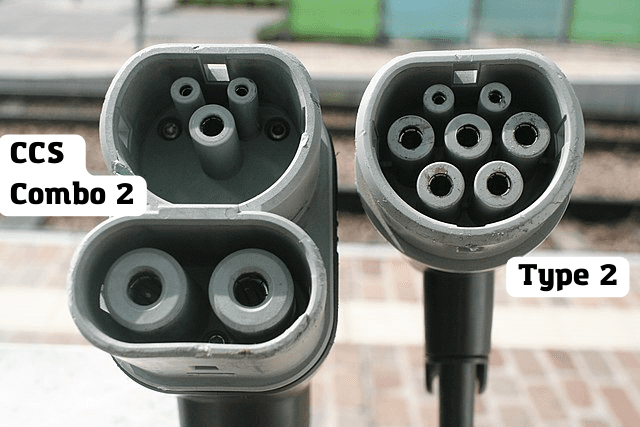
View our database to check what plugs other Tesla models and EVs use.
Tesla Home Charger (Level 1): Powerpoint and Tesla Mobile Connector
Level 1 charging typically describes the slowest and most basic charging setup. In the case of a Tesla Model 3 or Y it would comprise the Tesla Mobile Connector (a portable charger) and an existing powerpoint.
Unless you are upgrading your powerpoint for faster charging, there is no need to hire an electrician. Just plug and charge.
The Tesla Mobile Connector ($550) used to come standard with every Tesla car sold. Tesla however announced in mid-July 2022 that the mobile connector would no longer come complimentary with the car and would need to be purchased separately. As of April 2025, it needs to be purchased separately in addition to the vehicle.
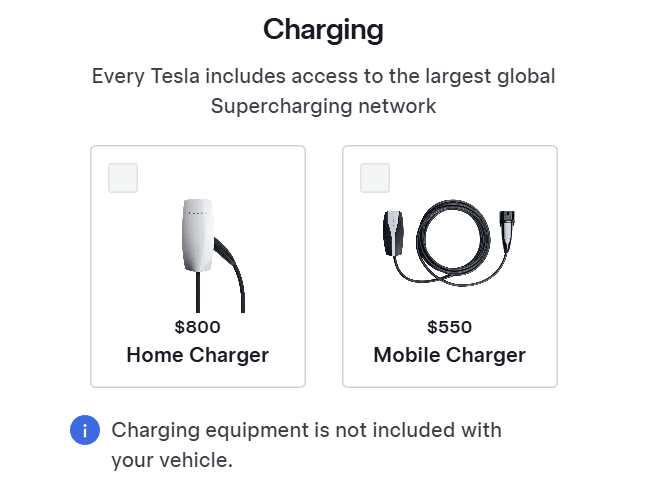
Tesla Mobile Connector
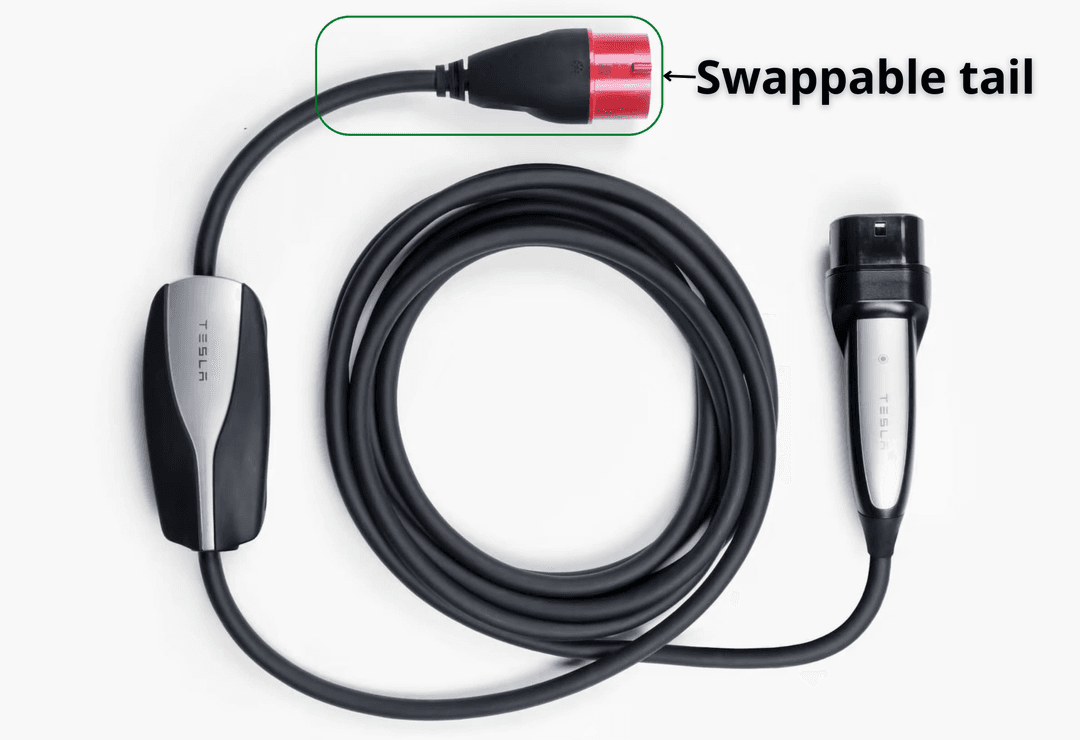
The Tesla Mobile Connector comprises two separate parts:
1. The main unit - Has permanently attached charging cable.
2. The tail - This is removable and can be swapped out for different tails to support different plugs. In Australia the mobile connector comes standard with two tails: 10A and 15A. These tails plug in to slightly different powerpoints, as outlined in the table below.
While the connector comes standard with 10A and 15A tails, the charger can support up to 32A charging, whereas most portable chargers are limited to 10A to 15A. You can purchase a separate 32A tail and attached it to the main unit to increase your charging speed. We've outlined below what the different speeds will be based on the different tail options.
The Mobile Connector only supports single-phase electricity, even if you plug it into a three-phase socket, the maximum charge rate is therefore 7.7 kW.
Additional information and the manual can be found from the Tesla website.
Powerpoint types
Powerpoints (also known as sockets) can vary in the amount of energy they support. In Australia, the maximum current rating for a standard powerpoint is 10 amps (A), which can support power output of up to 2.4 kW. This is often sufficient to meet the driving needs of most drivers. For example a 10A socket could provide the energy required for the average distance driven (37 km / 6 kWh) in under 3 hours.
Powerpoints can be upgraded to support a higher output which would allow it to support a higher output charger. This would require installation by a licensed electrician. The cost for this type of upgrade typically ranges from $80 to $400.
The Australian Standard AS/NZS 3112 specifies larger pins and differently shaped ground pins for powerpoints with current ratings of 15, 20, 25 and 32 amps. Illustrated below is what some of these look like and the type of power they are capable of supporting based on the standard 240 V supply in Australia.
Tesla Mobile Connector speed
Below we've outlined the speed of different combinations. As you can see there are multiple ways
Tesla Home Charger (Level 2): Tesla Wall Connector
A Level 2 charger typically involves the installation of a fixed charging unit on the wall, connected to a dedicated power source, Tesla's version of this is referred to as the "Wall Connector". The installation of a Wall Connector will need to be completed by a licensed electrician.
This is a popular option for those that own their property and have the autonomy to upgrade their electrical infrastructure as they wish.
Reasons for installing a Tesla Wall Connector
People will often opt for the Wall Connector for aesthetics or potentially the additional ‘smart’ functionality - explained below.
The convenience of having the dedicated unit at home and bringing the Mobile Connector as a backup option in case it is needed is another reason.
The Wall Connector is not always faster than the Mobile Connector, this will depend on the current of the power source they are connected to. Often electricians will install these between 15A to 32A, making them faster than the standard 10A power points.
The Tesla Wall Connector supports three-phase electricity up to 32 amps, resulting in a maximum theoretical output of 22 kW. It should be noted that neither the Model 3 or Y can reach this speed as its onboard charger is limited to 15 amps, meaning the maximum output possible is 11 kW.
Cost of Tesla Wall Connector
The latest Gen 3 Wall Connector retails for $800 on the official Tesla Australia Shop. This considered to be good value compared to other options which can range from $600 to $2500. It should be noted that some of the more expensive level 2 charges are capabale of 'smart features' which do not exist natively with the Wall Connector such as dynamic load managment and solar charging - discussed below.
Installation costs for the Tesla Wall Connector
Wall chargers need to be installed by a licensed electrician. Typical installation costs can range from $300 to $1,500 or more. The reasons for this include:
- The distance from the switchboard to the charger.
- Upgrades to the switchboard to support a higher power requirement.
- Upgrading to three-phase power (likely to cost several thousand dollars).
- Digging or earthworks are required to run cabling to a separate garage/carport.
Smart features
The latest Wall Connector comes Wi-Fi enabled. This means you can control the charging via the app in your smartphone.
Scheduled charging is possible by setting the times you want charge. For example, it is common for people to limit the charging window to off-peak times to take advantage of lower electricity rates.
Solar charging
Solar charging involves automatic co-ordination of your charging to align with the solar production of your panels, thereby maximising utilisation. We cover solar charging extensively here.
This smart feature is not yet available on the latest gen 3 Wall Connector. This however could be included in the future via an OTA update.
Solar charging however can ne enabled by pairing the Wall Connector with an app called Charge HQ. Currently on beta release, the app is available to download for free. You can read more about it here.
Choosing between the Mobile and Wall Connector
When it comes to choosing the right charger, the fastest may not always be more useful as it often comes at an additional cost. Depending on your situation you may never ‘recover’ the premium you pay. The following factors should be considered when choosing a charger:
💲 Your budget
🔌 Your charging needs
⚡ Your electricity supply
Budget
Below is a summary of the all-up costs for Tesla Mobile and Wall Connectors. Your charging needs and your ability to upgrade your electricity supply will determine which option is relevant to you.
Charging needs
Your charging needs will be primarily determined by the distance you travel. More distance = more energy = more charging required.
To help determine your charging schedule, we recommend using our charging calculator which will estimate how long it will take to charge your EV and the cost. This may help justify whether the additional investment is needed for faster and smarter charging options. The average driver (37 km/day) would need to charge for 3 hours per day using a standard 10A socket and portable charger.
If you decide you need faster charging, the three mains ways to do this include:
- Upgrade your power socket to support a higher current
- Install a wall unit charger that has its own dedicated power source which supports higher current
- Upgrade your property’s power infrastructure to three-phase, which would increase potential charger output to 22kW and triple the power of all sources.
Electricity supply
If you’ve decided you need to upgrade your power or install a level 2 charger, the remaining consideration will be whether your circumstances permit it.
If you own the property it’s a straightforward process - you can proceed straight to getting a quote from an electrician. If however, you are renting, you’ll need to obtain consent from your landlord for most types of electrical upgrades. While a wall charger will most certainly add value to a property, the ‘newness’ of the technology may result in apprehension from some landlords initially.
Frequently Asked Questions
About the author
Stay up to date with the latest EV news
- Get the latest news and update
- New EV model releases
- Get money savings-deal





